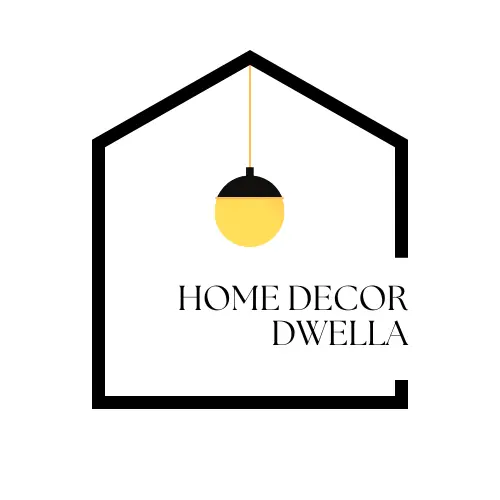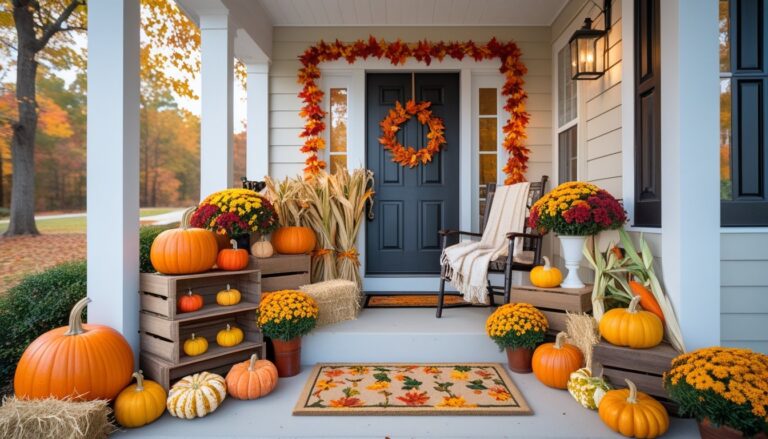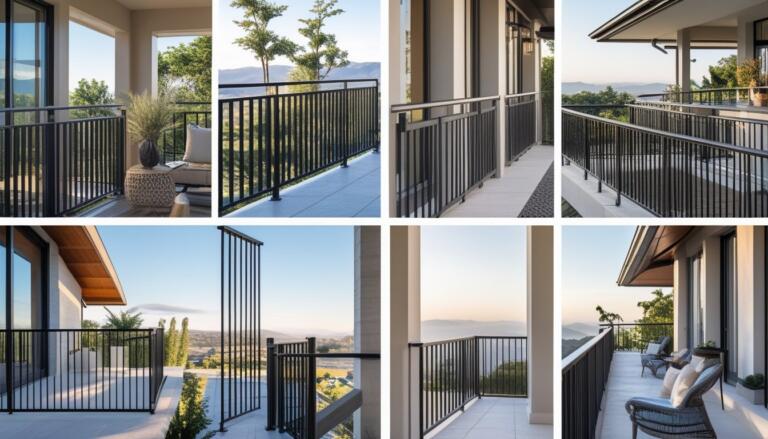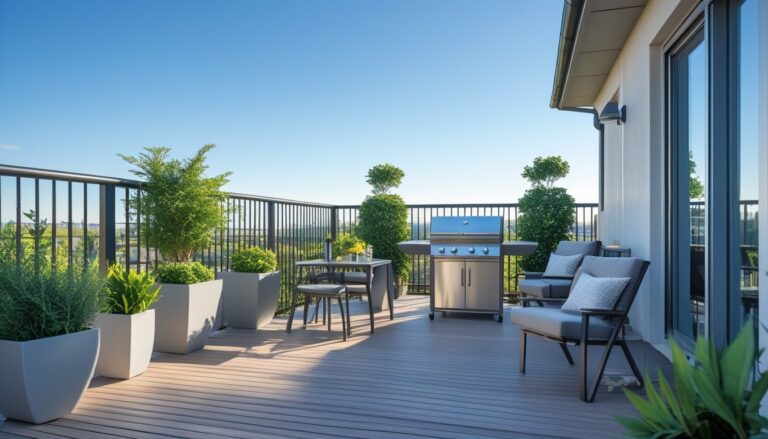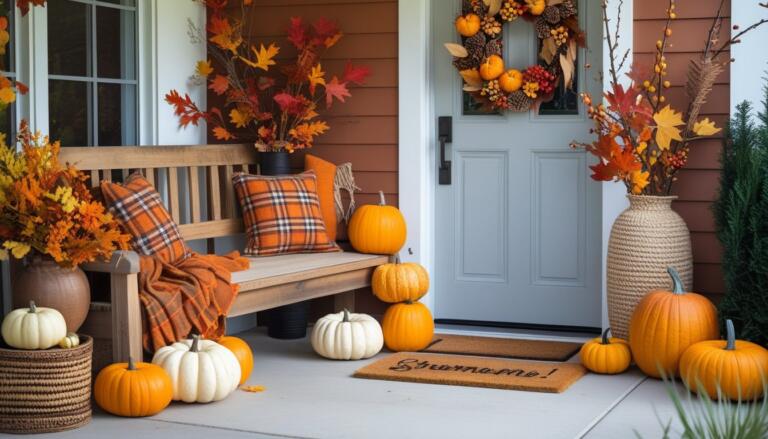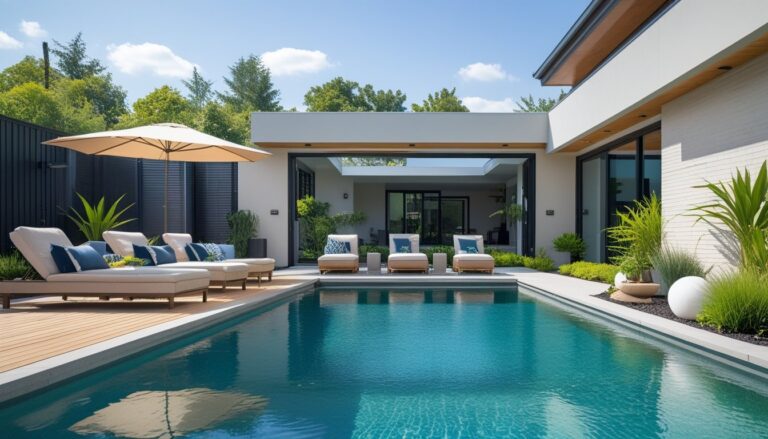10 Home Gardening Designs to Maximize Space and Style
Home gardening has become a popular way to bring nature closer to living spaces and enhance the beauty of any home. It offers a practical way to grow plants, flowers, and even food, making outdoor and indoor areas more inviting and lively.
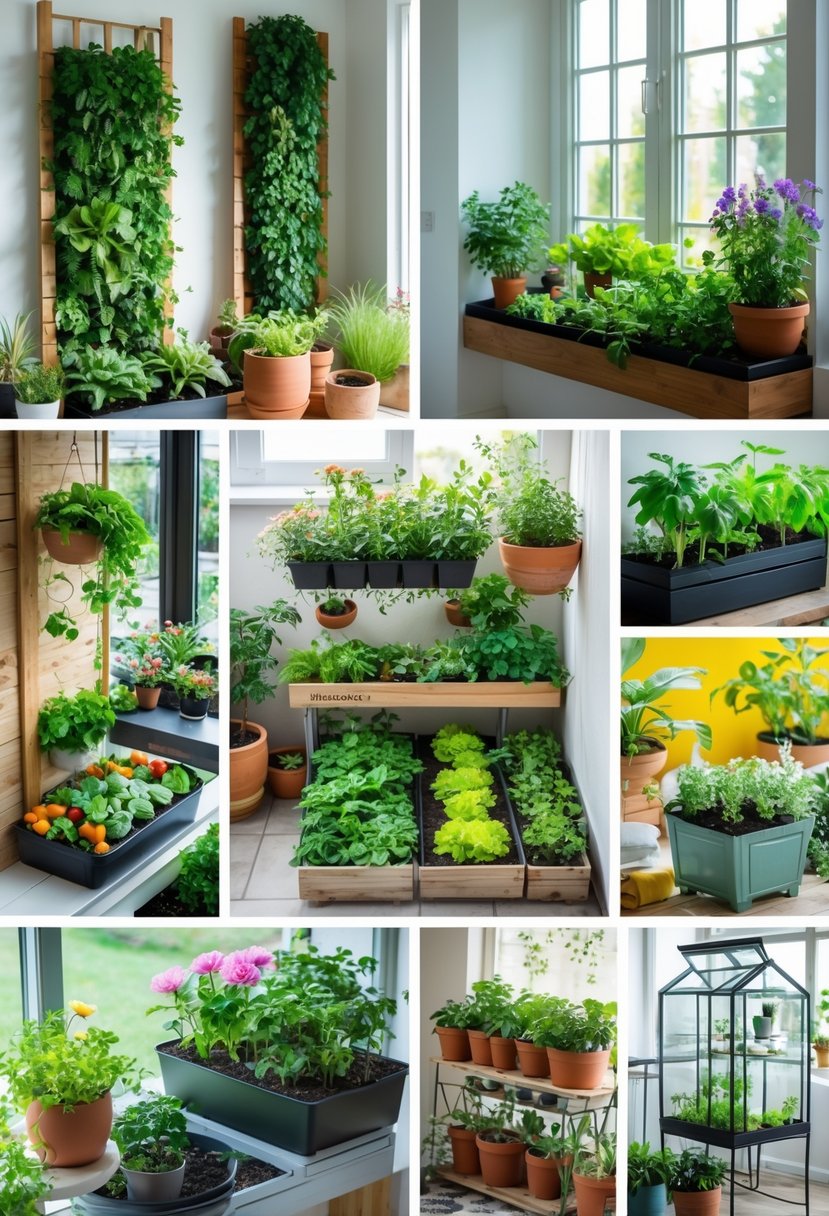
Choosing the right garden design can improve both the look and function of a home garden, creating a space that fits the needs and style of the gardener. This article explores 10 home gardening designs that can inspire anyone to create a personal and enjoyable garden space.
1) Vertical garden walls for space-saving greenery
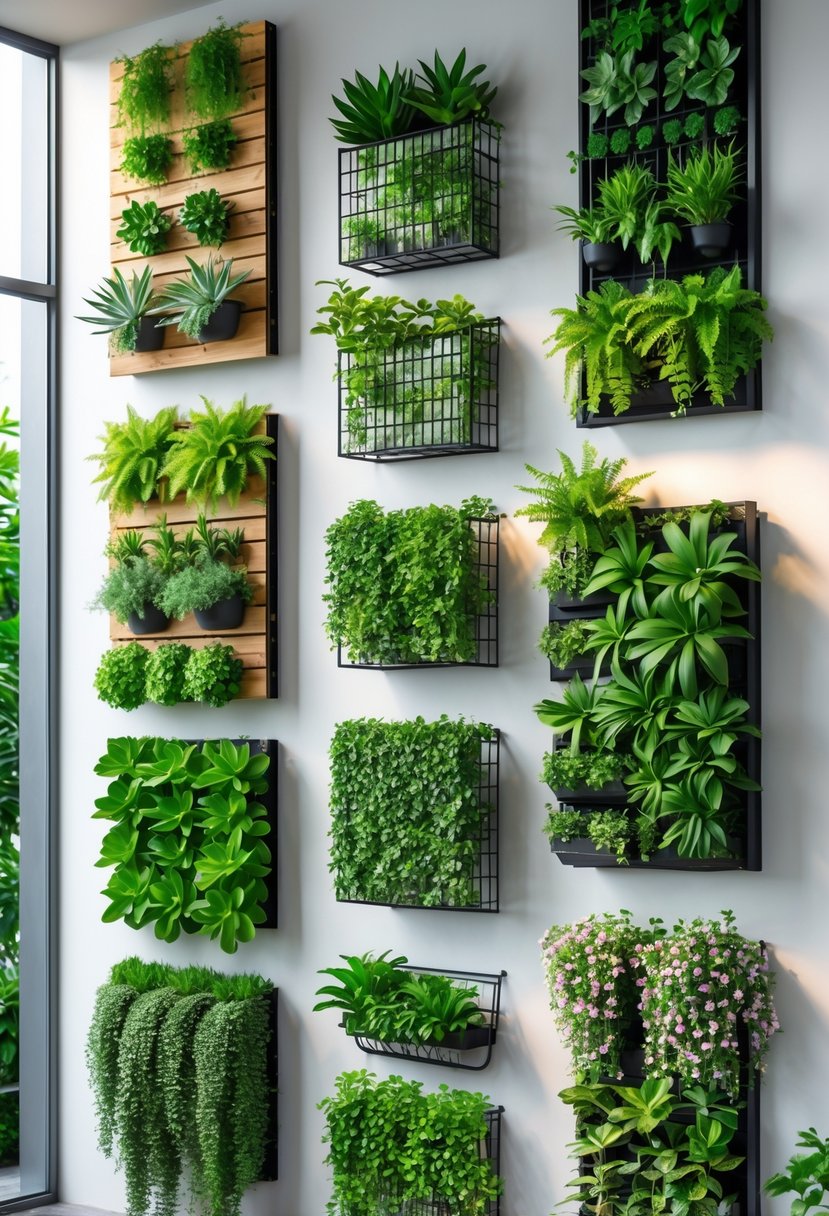
Vertical garden walls use upright space to grow plants, saving floor area. They work well in small homes or patios where room is limited.
These walls can hold herbs, flowers, or small vegetables, making gardening practical and tidy.
2) Raised garden beds for better soil control
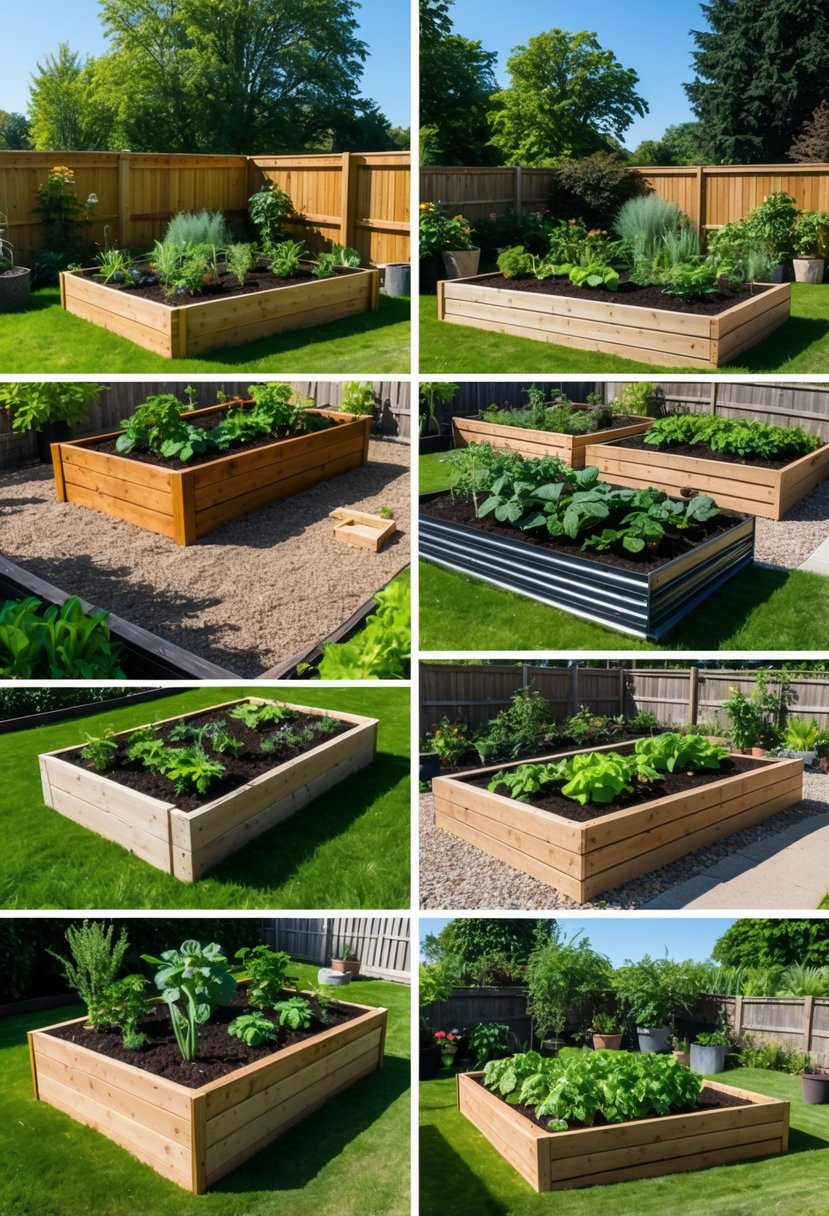
Raised garden beds allow gardeners to control the soil quality easily. They can add the right mix of nutrients and ensure good drainage. This helps plants grow healthier compared to planting directly in the ground.
It also makes it easier to manage pests and weeds. Raised beds can be adjusted to fit any space, making them practical for many homes.
3) Container gardening on balconies or patios
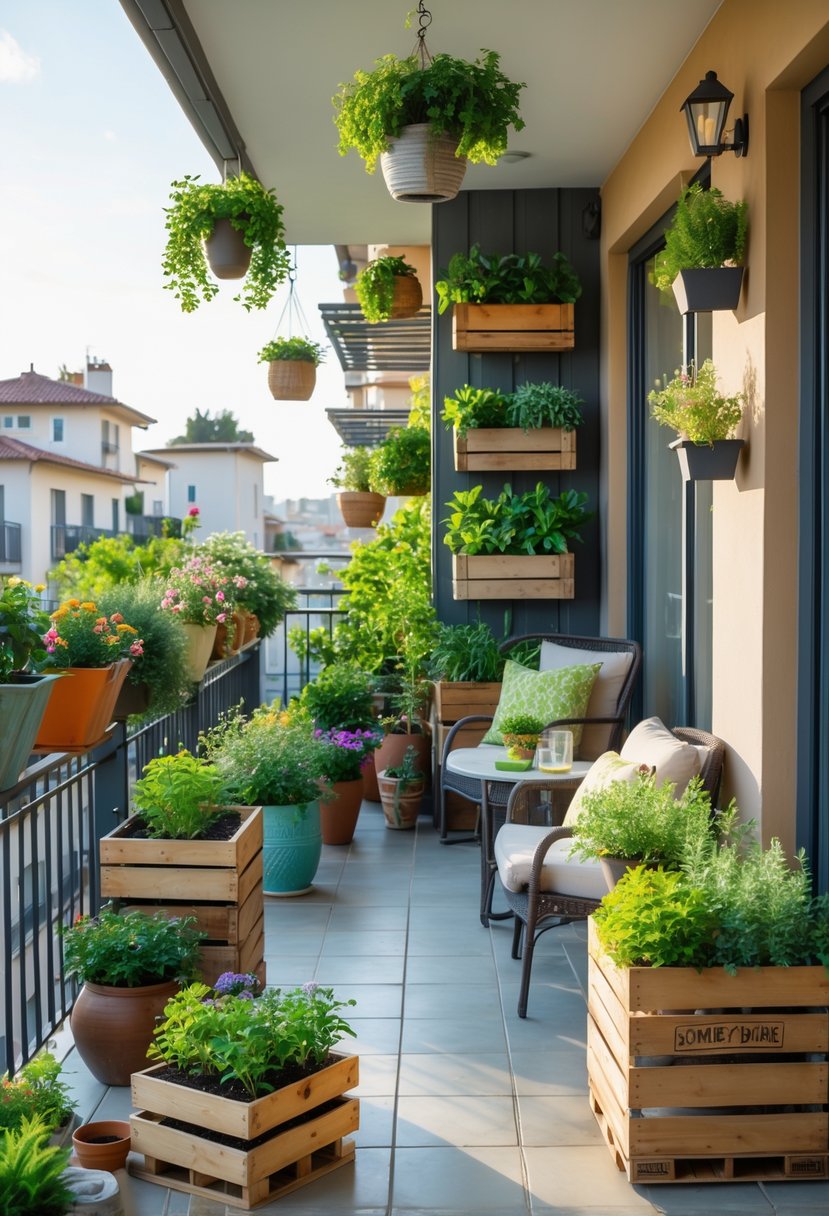
Container gardening is ideal for small outdoor spaces like balconies and patios. It allows growing flowers, herbs, or vegetables in pots. Using vertical planters or rolling containers can maximize limited space while keeping plants organized and accessible.
4) Herb garden corners for fresh kitchen ingredients
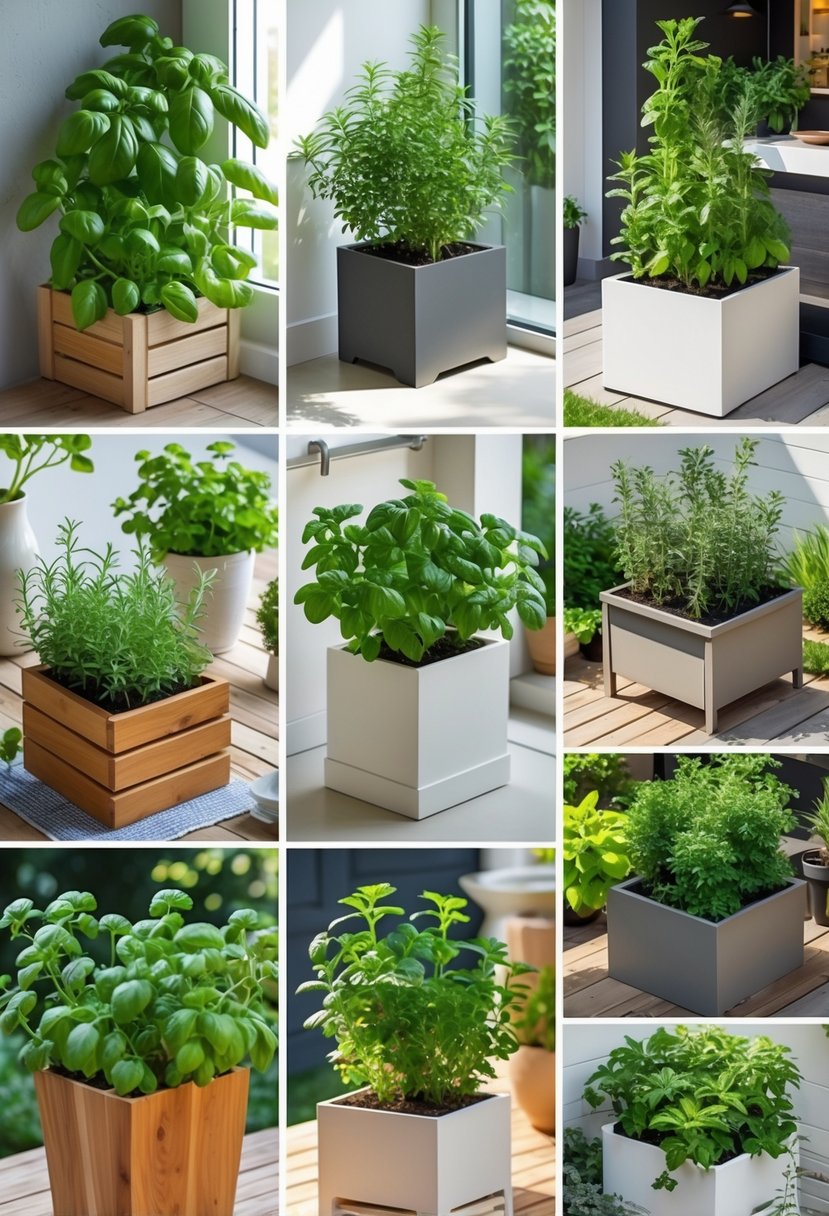
He can create a small herb garden in a kitchen corner using pots or mason jars. This keeps fresh herbs like basil, thyme, and parsley within easy reach.
They need good light and proper watering to help the herbs grow. This design saves space and adds greenery to the kitchen.
5) Succulent arrangements for low-maintenance décor
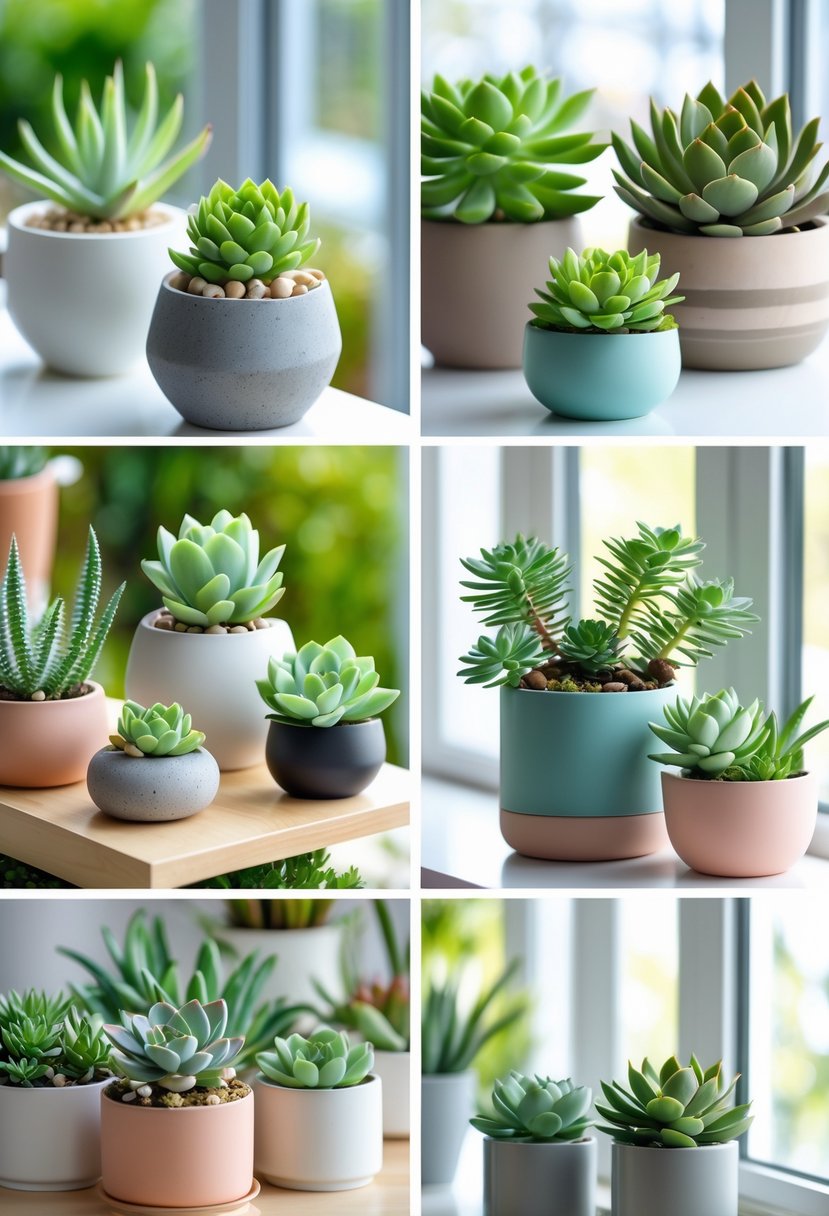
Succulent arrangements provide a simple way to add greenery without much care. They need little water and thrive in dry indoor or outdoor spaces. Their shapes and colors offer natural beauty that fits many décor styles.
6) Mixed flower beds with seasonal blooms
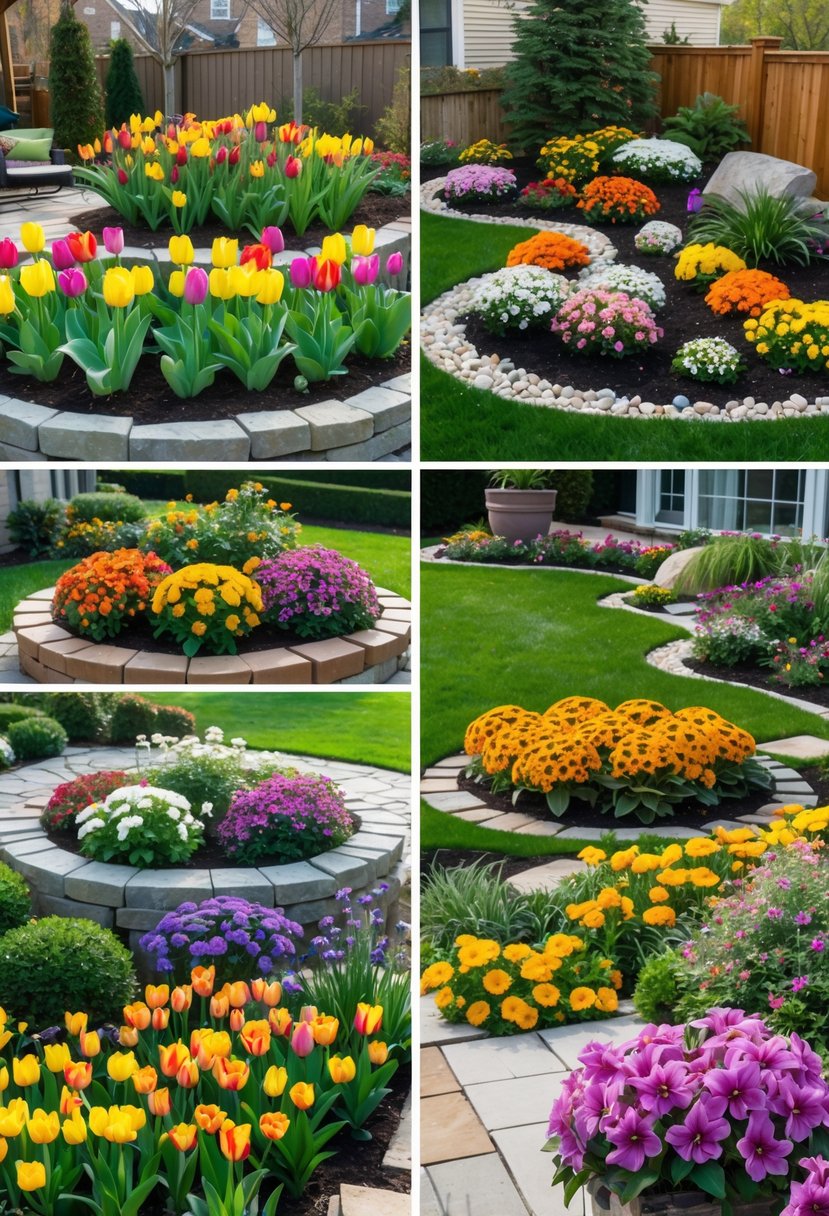
Mixed flower beds combine annuals and perennials for color throughout the year. Seasonal blooms ensure the garden changes with the seasons. Gardeners choose plants that thrive in different weather to keep the bed vibrant and fresh.
7) Water-efficient xeriscape designs
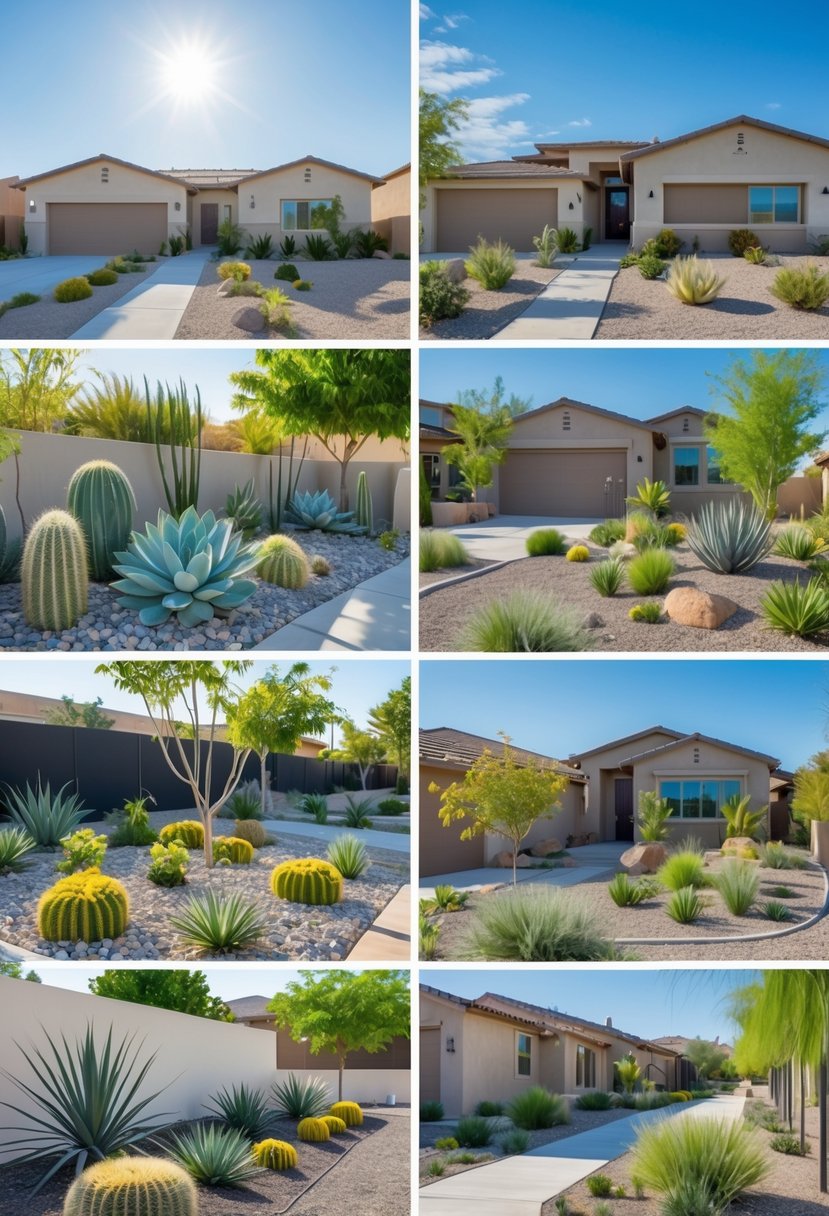
Xeriscape designs focus on using plants that need little water. They include drought-tolerant plants and efficient irrigation systems. These gardens reduce water use while staying attractive and low-maintenance. They also support local wildlife by attracting birds and beneficial insects.
8) Edible garden patches with vegetables and fruits
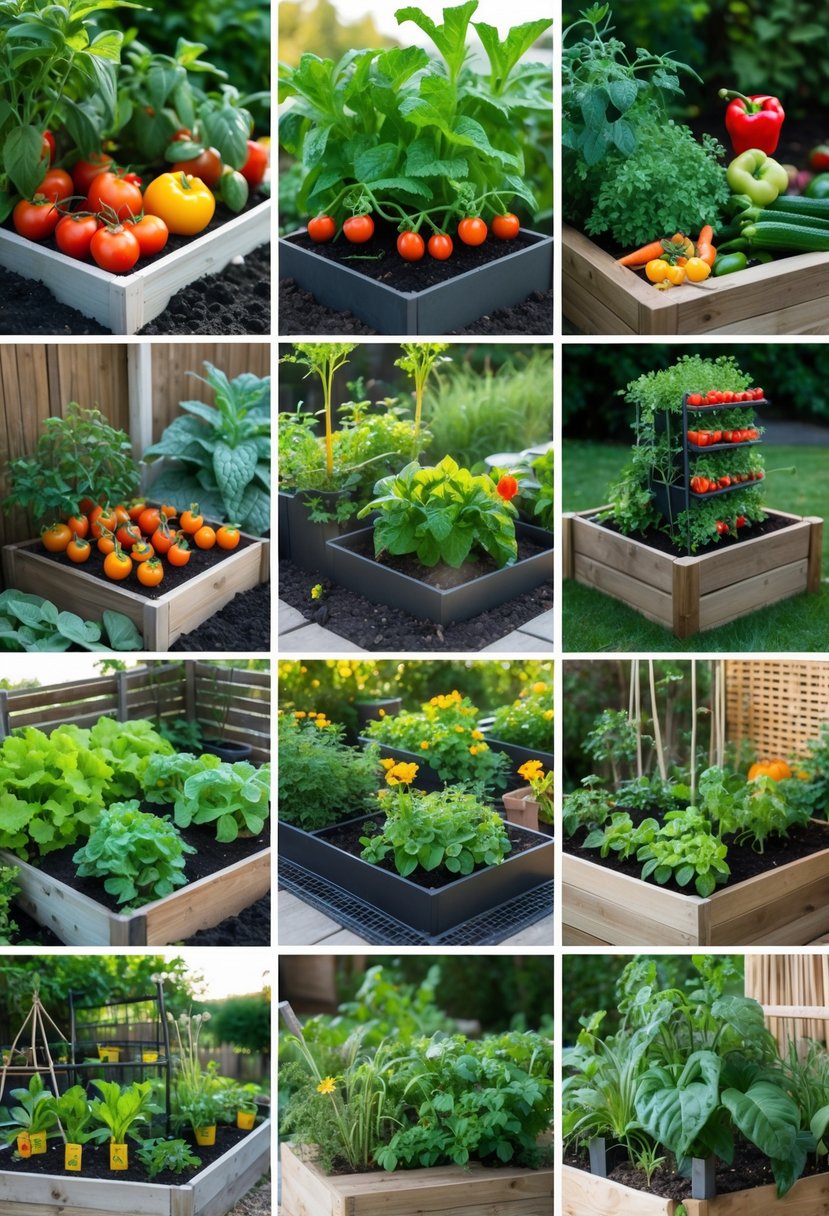
They create dedicated spaces for growing vegetables and fruits. These patches allow easy care and harvesting.
By planting close together, they make efficient use of space. This approach fits well in backyards or larger gardens.
9) Garden pathways using natural stone or wood
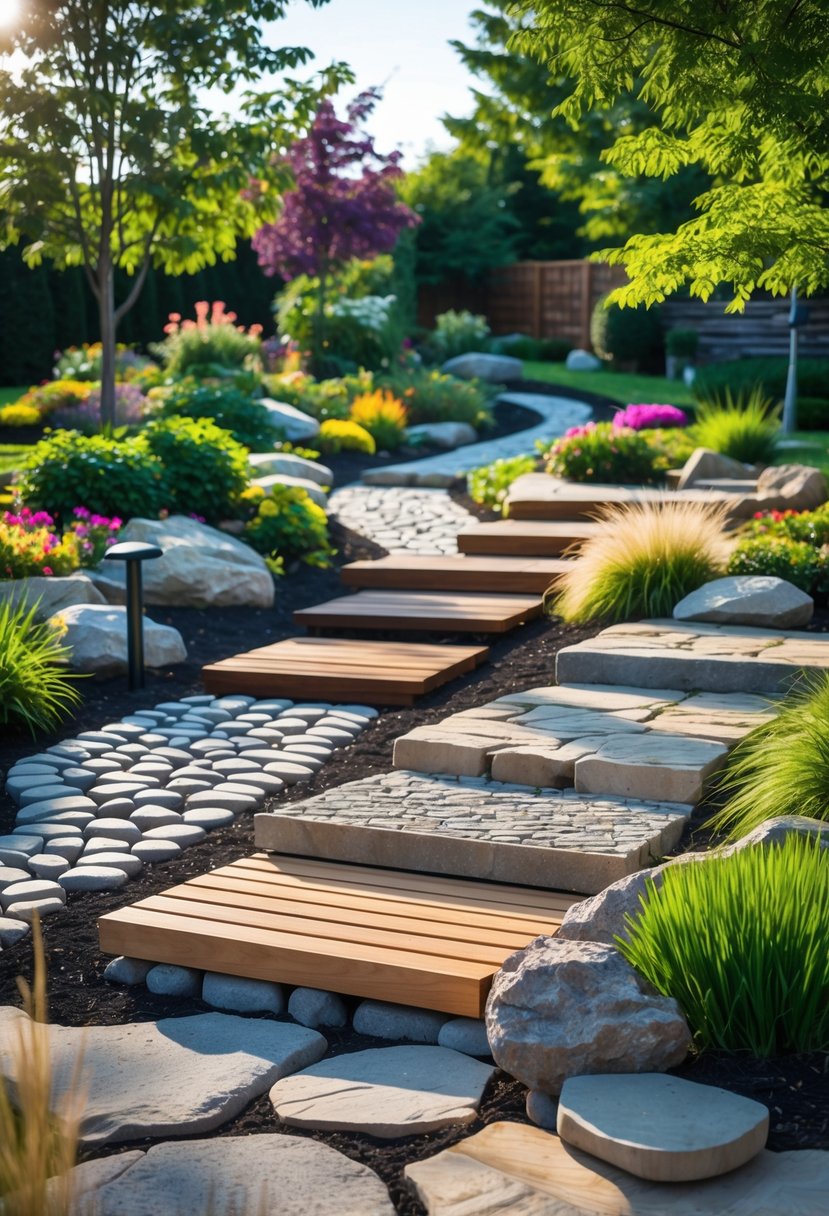
Garden paths made with natural stone give a sturdy, timeless look. Wood adds warmth and blends well with plants.
Both materials are durable and work well outdoors. They can guide visitors and add style without much maintenance.
10) Shade garden with ferns and hostas
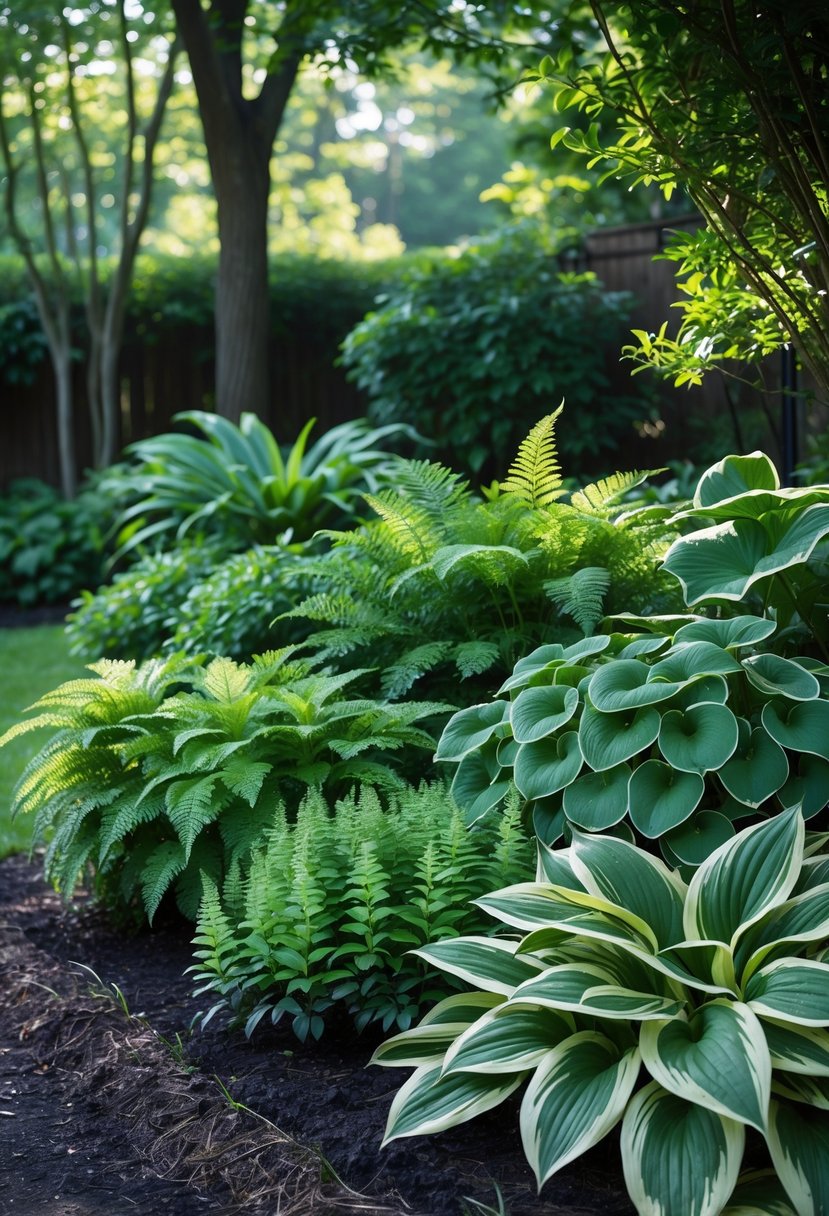
A shade garden with ferns and hostas works well in low-light areas. Hostas bring different leaf shapes and colors. Ferns add soft texture.
These plants need little sun and low maintenance. Combining them creates a calm, green space. They grow best in moist, well-drained soil.
Make gardening easier with these 7 must-have garden tool sets—sturdy, practical, and beginner-friendly!
Core Principles of Effective Home Gardening Design
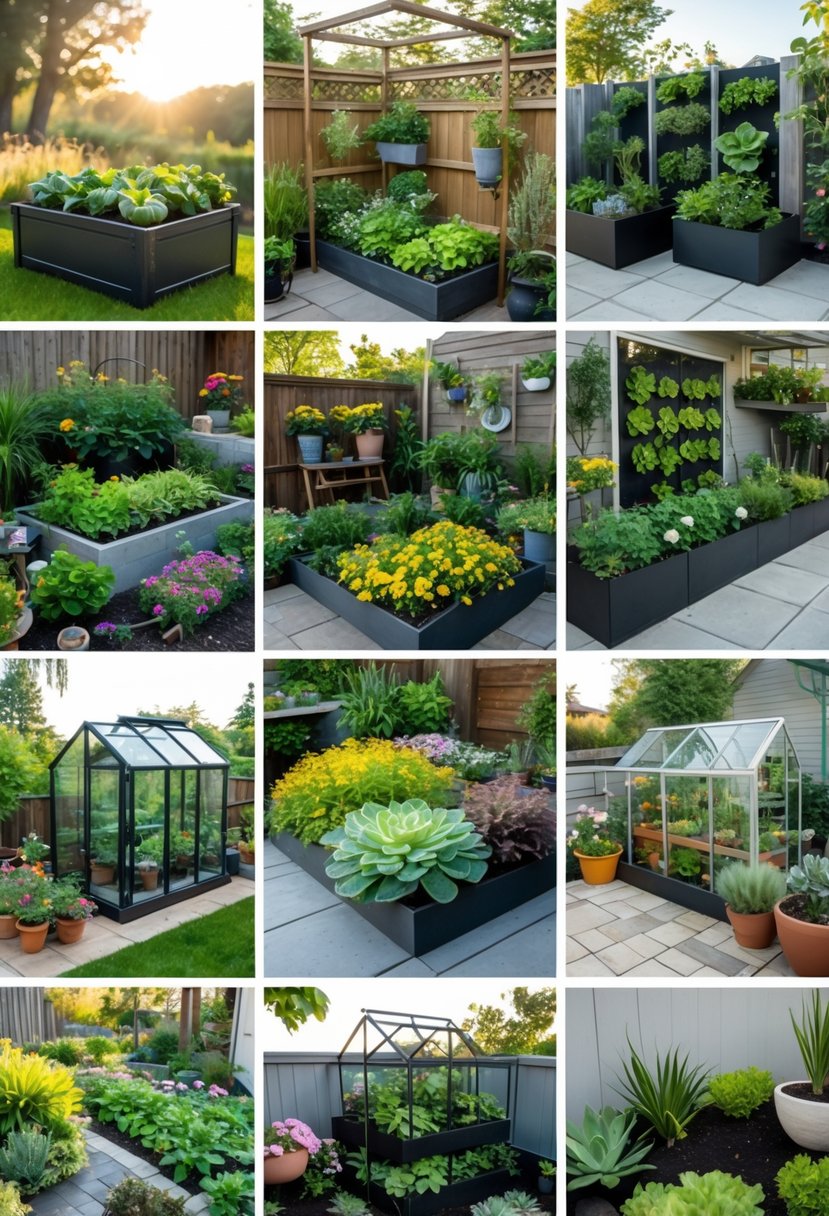
Effective home gardening design relies on clear planning and careful choices. It focuses on making the most of available space, ensuring the garden is both useful and attractive, and using methods that protect the environment.
Maximizing Limited Space
Home gardens often have limited space. To maximize it, gardeners should prioritize vertical planting like trellises, hanging baskets, or wall-mounted planters. These help grow more plants without taking up ground area.
Raised beds and container gardening can also boost productivity by organizing plants in manageable zones. Using multi-purpose plants—those that offer flowers, food, or fragrance—adds variety without crowding.
Clear pathways maintain access to all areas while avoiding wasted space. Grouping plants with similar water and sunlight needs simplifies care and improves growth. Planning for height and spread ahead prevents overcrowding and keeps the garden neat.
Balancing Function and Aesthetics
A good garden blends beauty and usefulness. Gardeners should focus on design elements like color, texture, and form to create visual harmony. Using contrasting colors and different leaf shapes keeps the eye interested.
At the same time, it must serve practical needs such as growing vegetables, providing shade, or hosting gatherings. Seating areas or shaded nooks make the space inviting.
Paths should be simple yet allow smooth movement. Adding focal points like sculptures, flower beds, or water features guides attention and adds interest. This balance makes gardens enjoyable and purposeful.
Incorporating Sustainability
Sustainable gardening reduces environmental impact and preserves resources. Using native plants that require less water and resist pests lowers maintenance and chemical use.
Composting kitchen scraps and garden waste enriches soil naturally. Collecting rainwater for irrigation saves water and helps plants thrive during dry spells.
Avoiding synthetic fertilizers and pesticides promotes healthy soil and protects pollinators. Mulching retains moisture and controls weeds, reducing the need for extra watering or herbicides.
Sustainable choices make gardens healthier and easier to maintain over time.
Adapting Designs to Local Climates
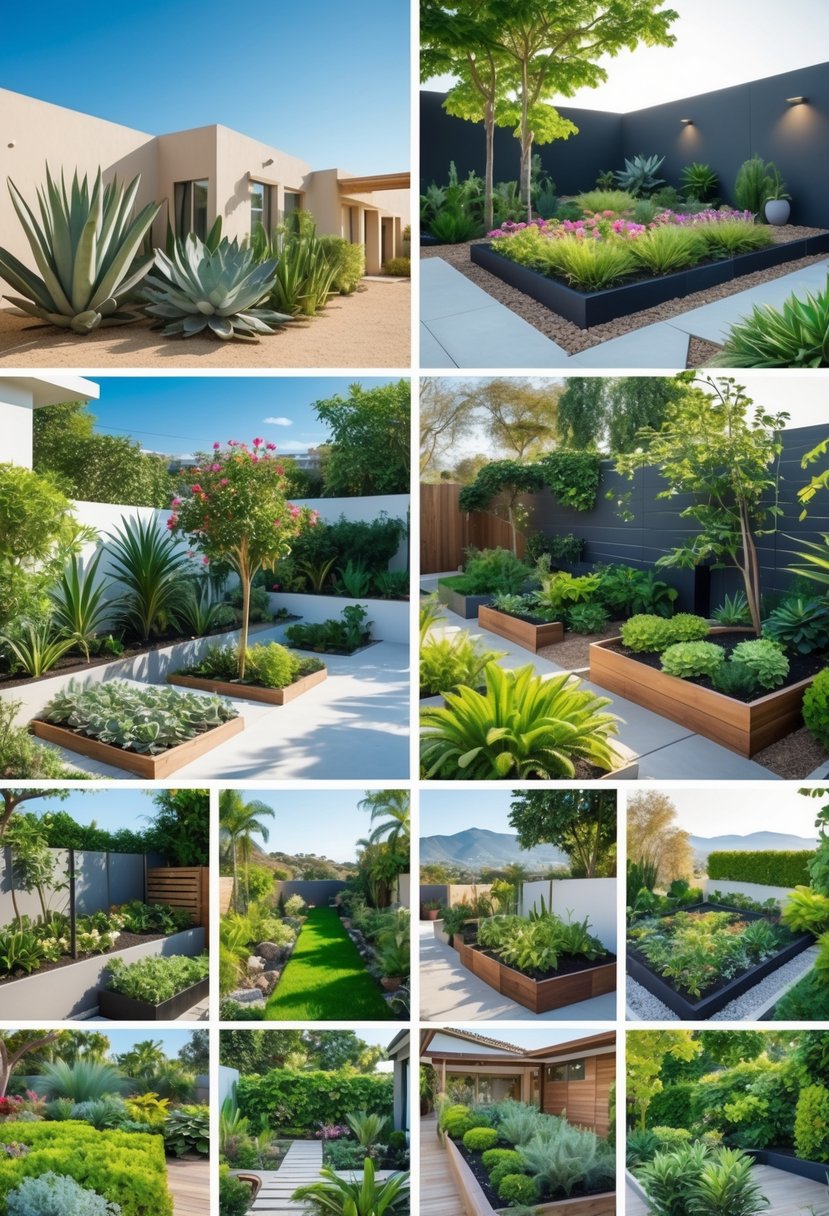
Understanding local climate factors like temperature, rainfall, and wind is key for successful home gardening. This affects which plants will thrive and how to care for them through the seasons. Careful planning helps gardeners create resilient gardens that require less water and maintenance.
Choosing Climate-Appropriate Plants
Selecting plants suited to the local climate reduces stress on the garden. In hot, dry areas, drought-tolerant species such as succulents and native grasses perform well. In cooler, wetter regions, plants that handle moisture and cold, like ferns and maples, are better choices.
Native plants are often a smart option because they are adapted to the region’s typical weather cycles. They also support local wildlife. Gardeners should research hardiness zones and precipitation patterns to guide their selections.
Using raised beds can improve soil temperature and drainage, benefiting both plant health and growth speed. Grouping plants by water and sunlight needs also optimizes irrigation and reduces waste.
Seasonal Maintenance Considerations
Seasonal changes impact how a garden should be maintained. In colder climates, gardeners must protect roots from freezing by adding mulch or covering plants. In hot seasons, frequent watering during early mornings or late evenings helps reduce evaporation.
Pruning schedules change depending on the plant type and local growing season. Some plants benefit from being cut back before winter, while others need a spring trim. Gardeners should track frost dates to avoid damage during unexpected cold snaps.
Adjusting irrigation based on rainfall is crucial to conserve water and avoid overwatering. Checking soil moisture regularly can guide watering frequency. Mulching also helps keep soil temperature stable and retain moisture.
By aligning care routines with weather patterns, gardeners can improve plant survival and garden productivity.
Frequently Asked Questions
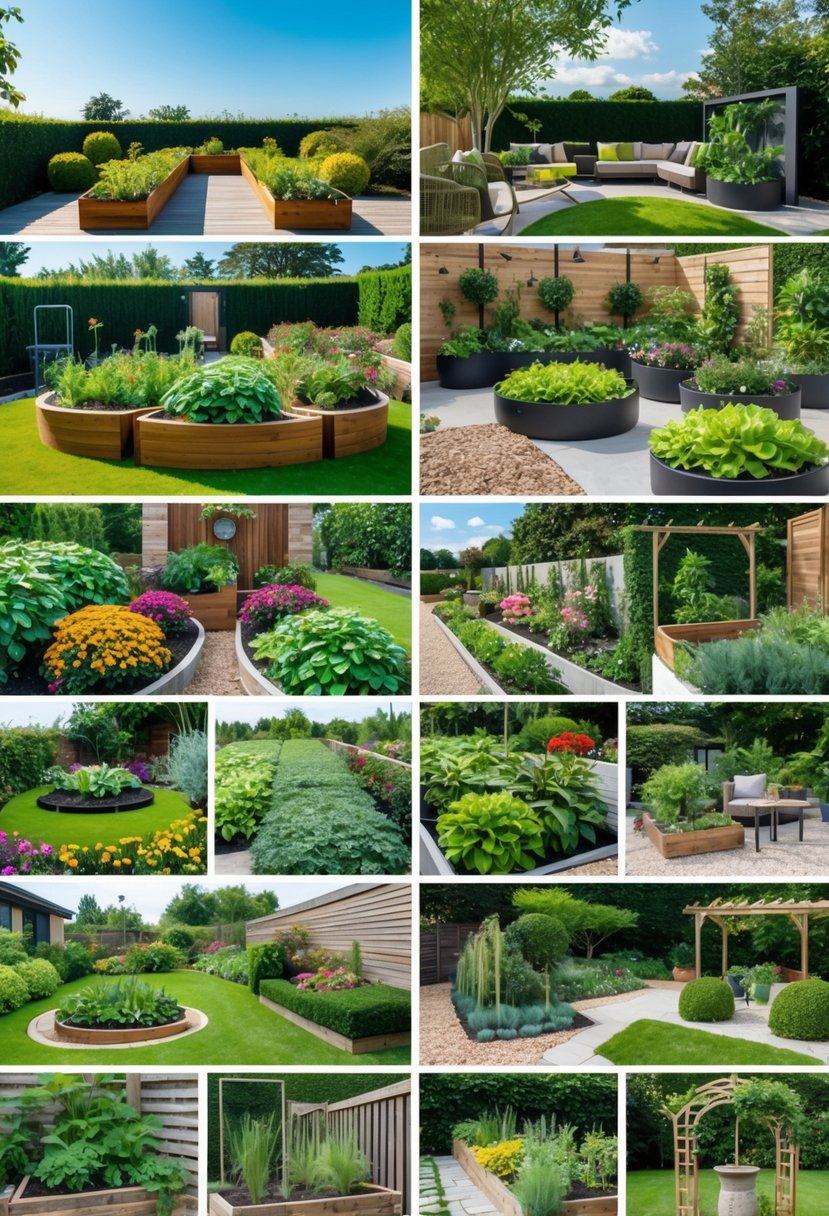
Good garden design balances style, function, and space. Practical choices like using vertical garden walls, raised beds, and container gardening help solve common challenges. Understanding plant care and layout rules can improve both the garden’s look and productivity.
How can I create a beautiful home garden design on a budget?
Using vertical garden walls saves space and reduces the need for expensive land. Raised garden beds help control soil quality without costly treatments.
Container gardening allows flexibility and low-cost setups, especially on patios or balconies. Choosing plants like herbs or succulents reduces costs on maintenance and replacements.
What are some garden design ideas for home in small spaces?
Vertical gardens make the most of limited wall space. Small raised beds or container gardens fit well on balconies or small patios.
Herb garden corners provide fresh ingredients and require minimal space. Succulent arrangements add greenery without needing much water or care.
What are the best low maintenance plants for home gardening?
Succulents require little water and thrive with minimal care. Herbs like rosemary, thyme, and mint grow easily and serve kitchen needs.
Native plants adapted to the local climate usually need less attention. Choosing plants that match the conditions lowers watering and care time.
Can you suggest some garden designs and layouts suitable for urban homes?
Vertical garden walls are ideal for urban homes with limited ground space. Portable container gardens fit balconies or rooftops.
Raised beds improve soil quality in urban areas with poor soil. Mixing edible plants in small spaces helps maximize function and beauty.
How do you apply the 70/30 rule in practical gardening designs?
The 70/30 rule means 70% of the garden is planted with main crops, and 30% with companions or flowers. This mix helps improve soil health and pest control.
Applying this rule encourages a balanced layout, which increases productivity and supports biodiversity.
Which garden layout is considered the most efficient for maximizing yield?
Raised beds arranged in rows or grids make efficient use of space. They improve drainage and soil control, which supports better growth.
Vertical gardening combined with container planting maximizes vertical and horizontal space. Mixed planting layouts allow for staggered harvests and continuous productivity.
